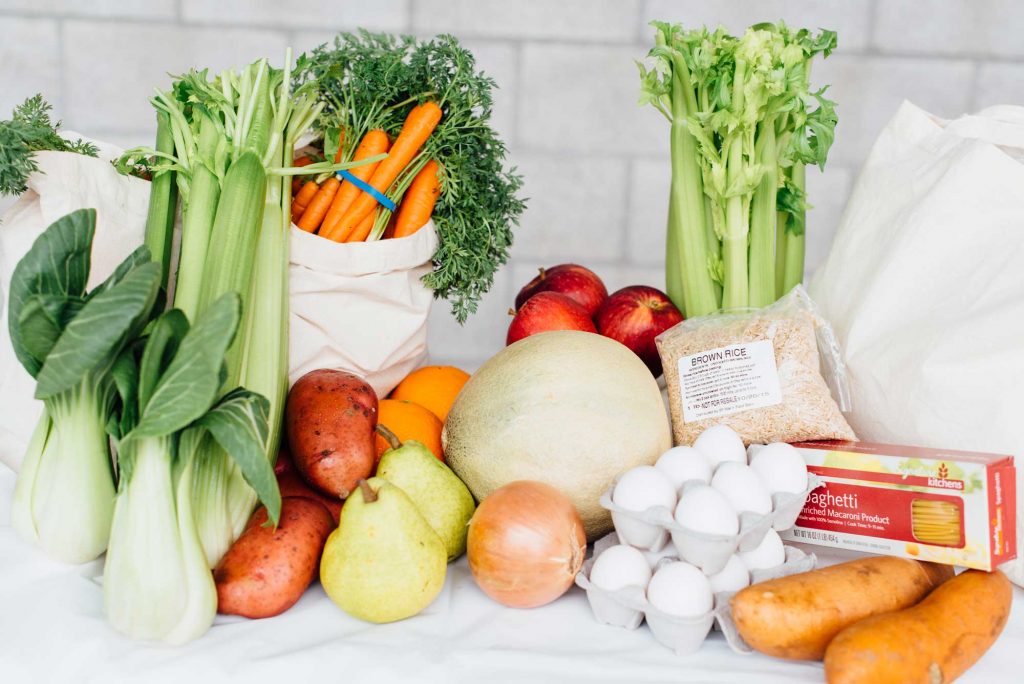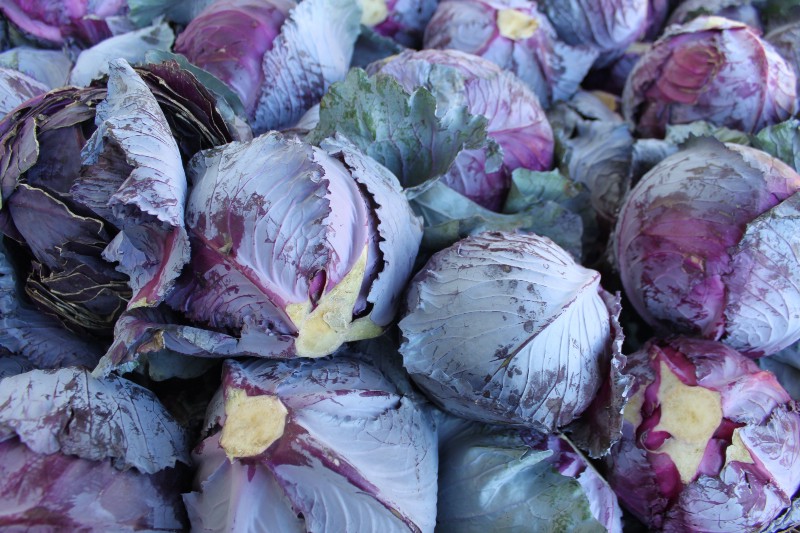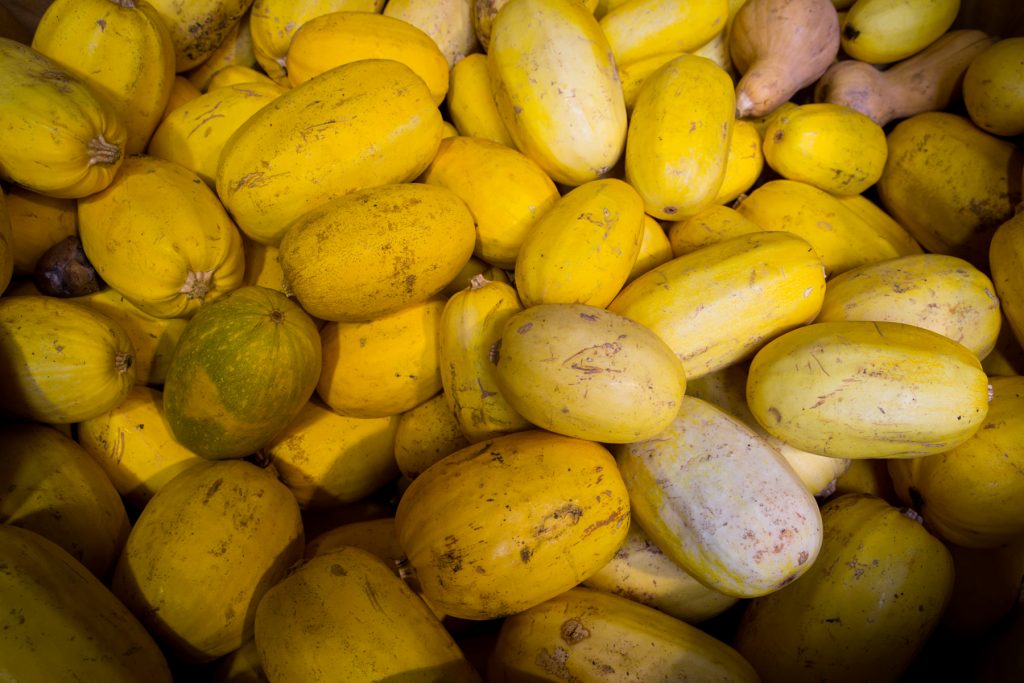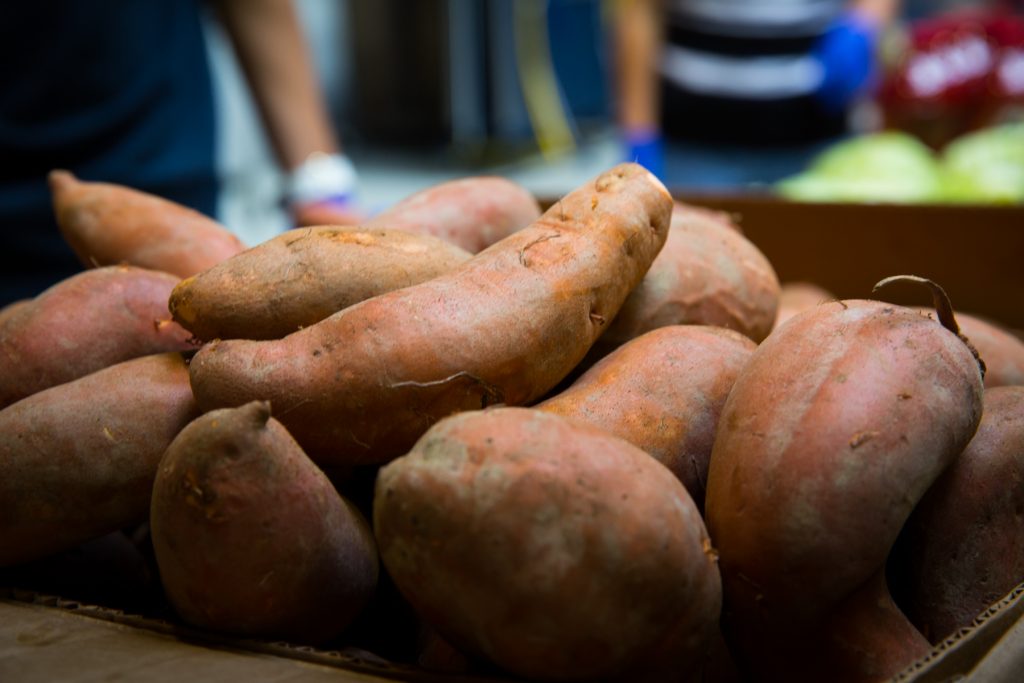Wondering how to keep summer fruits and veggies from spoiling too fast? Here are five tips from our Nutrition Education team to help you maximize freshness, reduce food waste, and enjoy tasty summer produce all season long.
1. Start with your shopping bag — Keep heavier items like melons and potatoes at the bottom of your bag and place lighter, more fragile items like peaches and tomatoes on top. This helps avoid bruising which could lead to early spoilage.

2. Fridge, Counter or Pantry? — Produce emits gasses and ripens when exposed to warm temperatures, so refrigerating certain types of fruits and veggies can keep them fresher longer. Use these tips to help preserve great taste, texture and nutrition:
Refrigerator: berries, chard, cherries, cut/peeled fruits and veggies, green beans, peas
Counter (and then refrigerate as needed to help them last): avocados, bananas, bell peppers, melon, stone fruit (apricots, peaches, plums), tomatoes
Pantry (or other cool, dark place out of the refrigerator): potatoes, onions, garlic

As a reminder, keep fruits and vegetables separate wherever they are stored to preserve best taste and texture. Keep strong-smelling foods like onions and garlic away from other foods, too.
3. Keep your items unwashed and whole as long as possible — Prepping produce speeds degradation, so only wash, peel or cut your produce immediately before you plan to eat or use it.


4. Glean produce that has started to go bad — If you find a bad spot on your summer squash, cut one inch around the entire perimeter of the spot to remove it. The remainder of the vegetable is still yummy and nutrient dense. If a molded cherry is in your basket, toss it. Mold can spread quickly, so removing compromised fruits or veggies keeps the rest of the batch fresh.
5. Use or freeze produce before it goes bad — Need some inspiration? Check out eatfresh.org for quick, healthy recipes using Food Bank staples. Preserve fruits and vegetables before they spoil by washing, chopping and storing them in the freezer in single portion baggies or Tupperware. Smoothies are a snap when you blend up frozen fruit and greens with milk. Adding frozen veggies to your favorite pasta sauce, soups, stews and casseroles is also a great way to use frozen summer vegetables.
Leading the Charge Against Food Waste
At the San Francisco-Marin Food Bank, summer is a time of abundance. Growers throughout the state share their bounty of melons, berries, peppers, summer squash, tomatoes, stone fruit and other amazing produce, and we are able to distribute these delicious and nutritious items to neighbors in need. Read how the San Francisco-Marin Food Bank pioneered the food waste movement by establishing the Farm to Family program, which in April 2016 provided its one-billionth pound of produce to food banks across the state.


Share